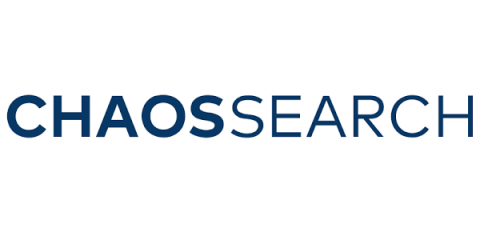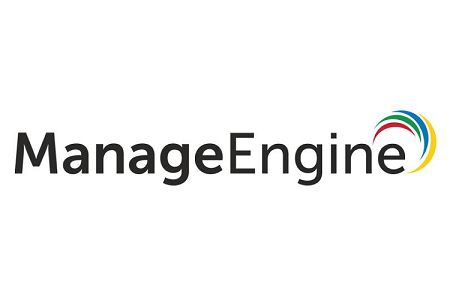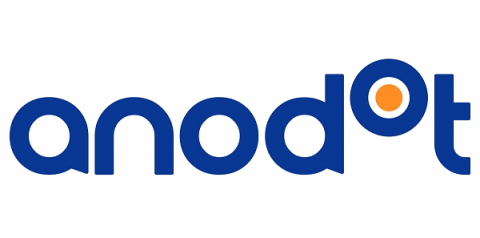SaaS Companies Are Reporting Weaker Margins Than They Need To - Here's Why
SaaS companies are known for their strong margins. With gross margins typically in the 60-90% range, even SaaS companies with comparatively weaker margins have a compelling business model when compared with most other industries. Nonetheless, even a few percentage points of margin can have a huge impact on a company’s valuation and overall success. This chart, taken from a great article by Villi Iltche at Two Sigma Ventures, shows the correlation between gross margins and valuation.











